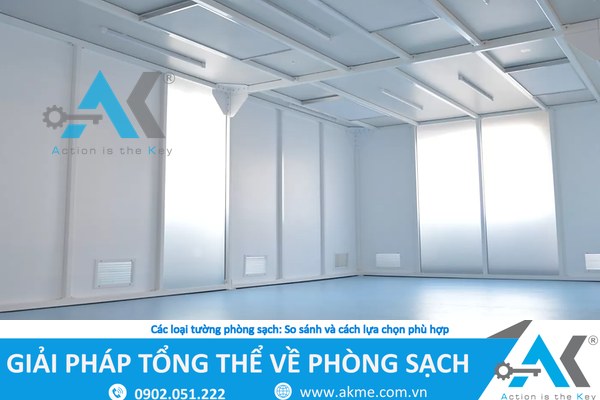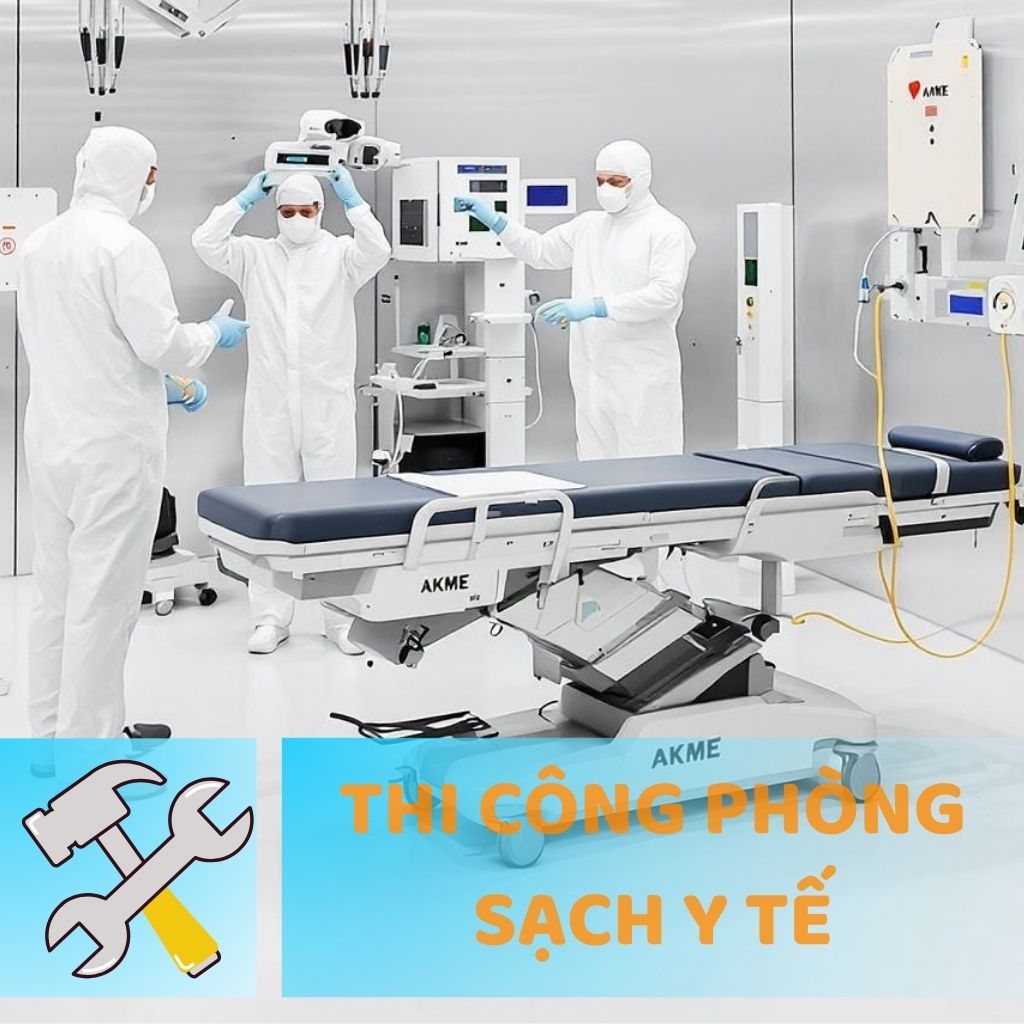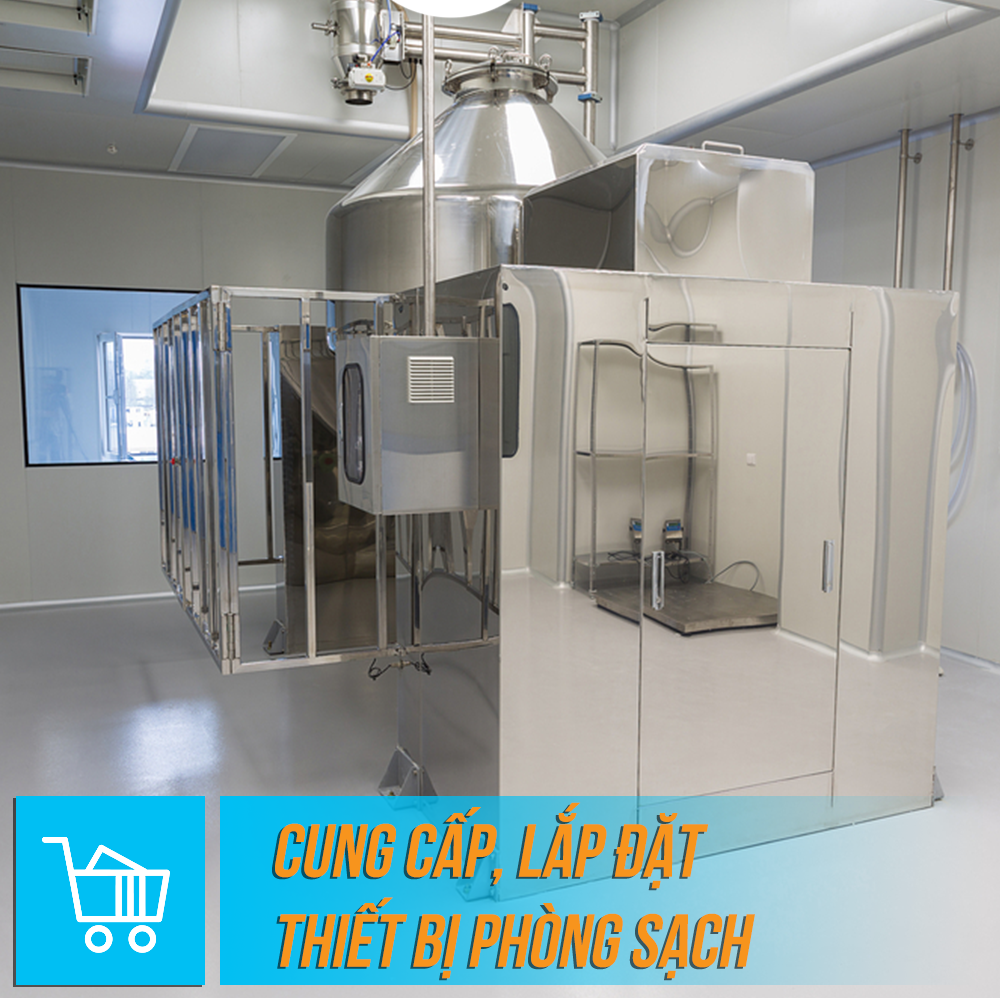Types of cleanroom walls: Comparison and how to choose the right one
12:42 - 04/09/2025 231
In cleanroom design and operation, walls are a core component that helps maintain cleanliness levels, control airflow, and meet ISO or GMP standards. Choosing the right type of wall directly affects durability, flexibility, cleanability, and investment costs.
Factors affecting the recovery of microorganisms from surfaces using contact plates in cleanrooms.
Why is steel piping essential in electronic component manufacturing plants?
Positive Pressure or Negative Pressure? A Standard Guide to Cleanroom Design
Mistakes to Avoid When Designing Cleanroom Electrical and Lighting Systems
Why are cleanroom walls important?
In the design and operation of cleanrooms, walls are a core component that helps maintain cleanliness levels, control airflow, and meet ISO or GMP standards. Choosing the right type of wall directly affects durability, flexibility, cleanability, and investment costs.
Common types of cleanroom walls
Softwall Walls
- Structure: lightweight metal frame combined with soft PVC plastic curtains.
- Advantages: low cost, quick installation, easy to reconfigure.
- Application: suitable for ISO 7–8 cleanrooms where strict cleanliness is not required.
- Limitations: lower isolation capability, requires higher airflow to maintain effectiveness.
Hardwall Walls
- Structure: rigid panels (plastic, laminate, or powder-coated steel).
- Advantages: durable, withstands high wind pressure, easy to clean.
- Application: ISO 5–6 cleanrooms, or ISO 7–8 requiring higher stability than Softwall.
- Limitations: higher investment and construction costs compared to Softwall.
Monobloc Walls
- Structure: one-piece panels with smooth, sealed surfaces.
- Advantages: high aesthetics, easy to clean, resistant to strong chemicals, integrated utilities (doors, windows, technical systems).
- Application: GMP, pharmaceutical, medical cleanrooms or industries requiring strict standards.
- Limitations: high investment cost, requires professional installation team.

Factors to consider when choosing
- Required cleanliness level (ISO/GMP): directly determines the type of wall.
- Reconfigurability: if the cleanroom needs expansion or changes, Hardwall and Softwall offer more flexibility than fixed or Monobloc walls.
- Chemical resistance: in environments frequently using strong disinfectants, Monobloc is the optimal choice.
- Project budget: Softwall saves initial costs, while Monobloc suits long-term projects requiring durability and GMP compliance.
Conclusion
There is no “best” cleanroom wall type for every situation. The choice should be based on required cleanliness level, intended use, future expandability, and budget.
- Softwall: flexible, low cost.
- Hardwall: durable, balanced cost and performance.
- Monobloc: premium, optimized for GMP and strict environments.
Companies should consult ISO, GMP standards and cleanroom design experts to make the best decisions.
Meta description (SEO): Learn the differences between Softwall, Hardwall, and Monobloc in cleanroom design. Guide to choosing walls according to ISO, GMP, and budget.
 | ANH KHANG CLEANROOM ELECTROMECHANICAL JOINT STOCK COMPANY Hotline: 1900 636 814 - 0902 051 222 Email: info@akme.com.vn Website: akme.com.vn Address: Lot B7 - Xuan Phuong Garden - Phuong Canh - Nam Tu Liem - Hanoi. |
12:05 - 28/11/2019 47501
Cleanroom Design and Construction
14:05 - 11/03/2025 20046
GMP and ISO Standard Cleanroom Construction
14:18 - 11/03/2025 12026
ISO Standard Medical Cleanroom Construction
14:13 - 28/02/2025 22997
Electronics Cleanroom Construction
16:15 - 18/03/2021 4558
Warranty Service
16:26 - 28/11/2019 17603
Supply and installation of cleanroom equipment
14:50 - 26/11/2019 5953
Technology Production Line Consulting
16:35 - 19/03/2025 18193














